Midcentury figurines inspired by Arctic fauna get a new lease of life
Eikund resurrects wooden figurines by Norwegian designer Arne Tjomsland that were created with poetic imagination and a touch of humour
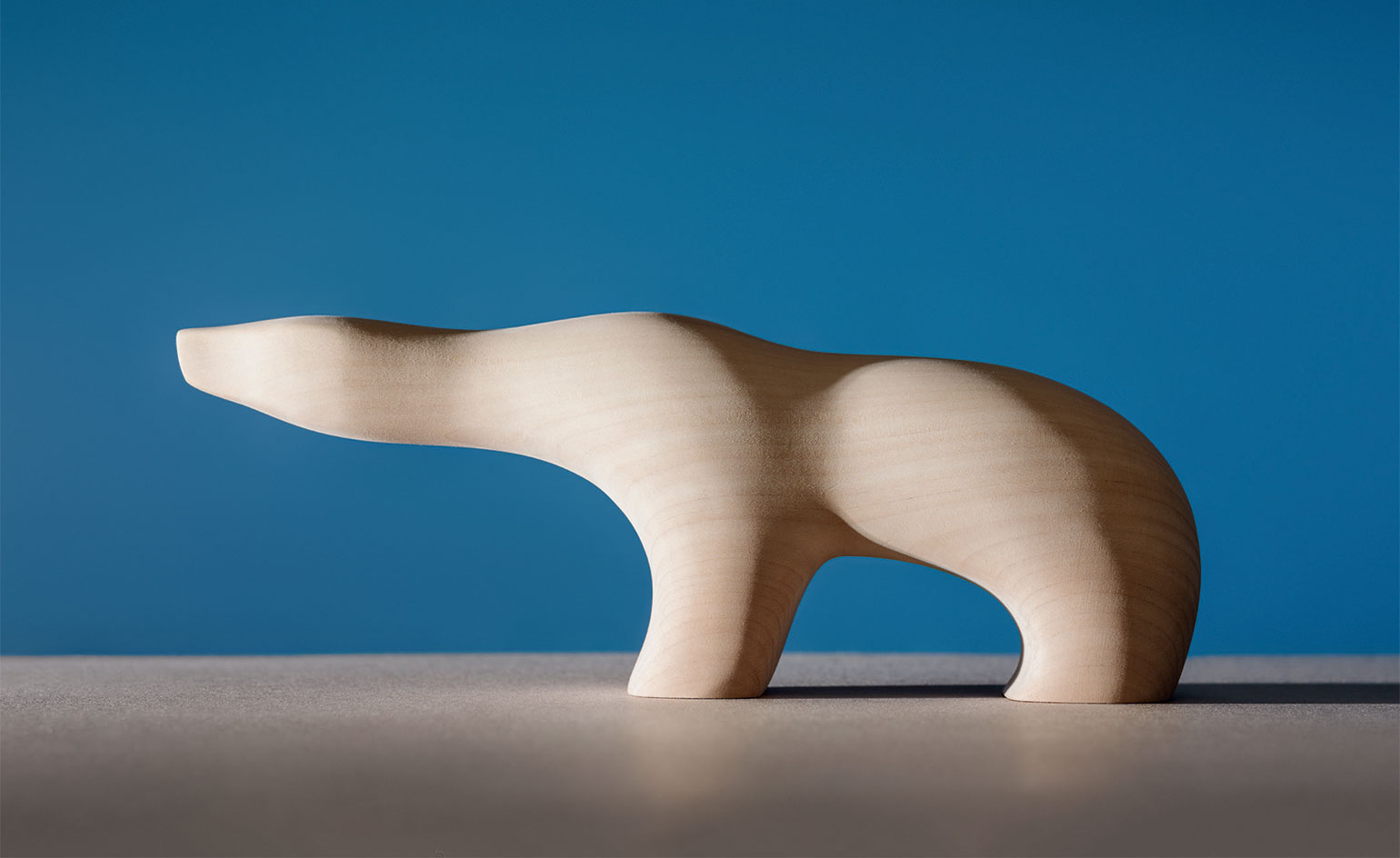
When designer Morten Hippe joined forces with furniture maker Frode Tingbø and a mutual friend, former professional footballer Jørgen Tengesdal, the trio had a clear idea in mind: to bring classic mid-20th century Norwegian designs back to life, or, as Hippe himself puts it, ‘to highlight the geniality of Norway’s long-lost design history for the world to see’.
They set up Eikund in 2016 with this premise and, after a year of research into the country’s furniture archives, design history, manufacturing techniques and materials, the brand unveiled the first reissues of designs by Sigurd Resell, Torbjørn Bekken and Fredrik Kayser; wooden chairs and tables featuring a distinctive Scandinavian aesthetic and a minimalist sensibility. More furniture designs are in the works for 2019, and the young brand has also collaborated with hotels and restaurants, such as Stockholm’s At Six hotel, and institutions, such as the Norwegian Consulate General in New York.
‘Norway is the underdog of Nordic design,’ says Hippe. ‘When people think of Norway, they think about our oil and fishing industries, but we are much more than that,’ he continues, citing craftsmanship traditions, which range from boat building to weaving, embedded in a design DNA that still inspires a young generation of brilliant creative minds.

Elk family, made in teak
Having established its furniture production, Eikund’s next project takes on a humbler scale – a polar bear figurine by Arne Tjomsland, a somewhat forgotten figure of Norwegian design. Until now, his work has been a well-kept secret outside of the country, and even there, Hippe notes, it is mainly appreciated by rare collectors. A self-taught designer, Tjomsland specialised in small animal figures carved from wood or whalebone. Hippe says Tjomsland’s designs were on their to-do list from the start, but they had concerns about their fit with the new brand. ‘We came to the conclusion that we had to get his collection preserved for future generations, as it’s way too good to be forgotten.’
Tjomsland was born in 1915, the son of a preparator at Oslo’s Zoological Museum. Having lost his mother at a young age, he spent his days at the museum with his father, surrounded by animals; an environment that inspired his creativity. ‘One of his clearest memories,’ says Hippe, ‘was of a skinned bear hanging from the roof, a vision that stayed with him his whole life.’

Auk figures with fish made in whaletooth
In the 1940s and 1950s, Tjomsland worked in advertising and as a designer for the Kon-Tiki Museum in Oslo, before setting up his own carving workshop at home. The first piece he created, in 1955, was inspired by his time at the museum as a child: a stylised polar bear, its shape as simple as it was expressive. This marked the beginning of a prolific output of animal figurines inspired by Arctic fauna, as well as Inuits and Vikings, in wood and whaletooth. When demand for his pieces grew, production was partly taken over by a local company, Goodwill, which carried on making his pieces until the mid-1960s.
To get to grips with the full stretch of the archive, Hippe and his team worked closely with collectors all over Norway and with Tjomsland’s son Stein. ‘When I was young, I didn’t think much of all the sculptures he brought home,’ says Stein Tjomsland. ‘But in recent years, I could clearly see his genius in making those objects look so alive.’ One of his most vivid memories of his father involves him carving a piece of soap. ‘I was about eight or nine and I saw my father standing at the kitchen table with the soap and a knife. He started carving and within a few minutes he had turned it into a musk-ox. Then he said: “Now go wash your hands for dinner, and use this musk-ox to do it”.’

Fisherwoman made in teak
All of Tjomsland’s pieces seem to be intuitively carved with a sensibility that combines a deep understanding of natural shapes coupled with a poetic imagination and a touch of humour. ‘They all have their own personality in the way they look,’ says Hippe. ‘Tjomsland was able to catch a feeling in all his pieces, not too serious, not too playful, but just right.’
The polar bear is the first of what Hippe hopes will become a series of pieces by Tjomsland. It also expands Eikund’s scope as it enters into a collaboration with the WWF. ‘Together we will put focus on the polar bear and its diminishing habitat, issuing a special edition to support all the work that’s being done to protect this threatened species,’ says Hippe. And as Tjomsland’s originals were carved out of teak, a material from the rainforest, this has been substituted for a more sustainable wood, alder.
It has been a learning curve for Hippe and his team, both from a manufacturing perspective and for expanding their knowledge of Norway’s design history. ‘Tjomsland was special in that he saw things differently. He wanted to show the beauty of Nordic fauna in a pure and simple way,’ says Hippe, concluding with a quote from Tjomsland himself, which could very well serve as a universal definition of good design: ‘Because life is complicated, it has to be pure and right.
As originally featured in the April 2019 issue of Wallpaper* (W*241)
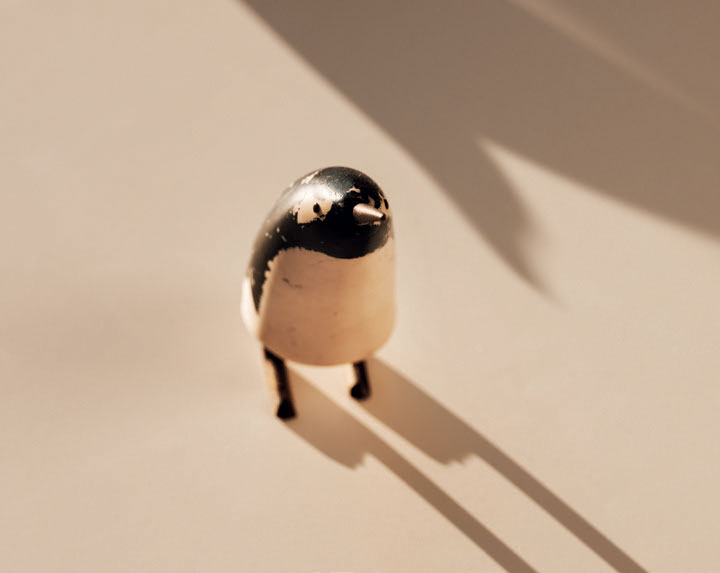
Blackbird made in oak
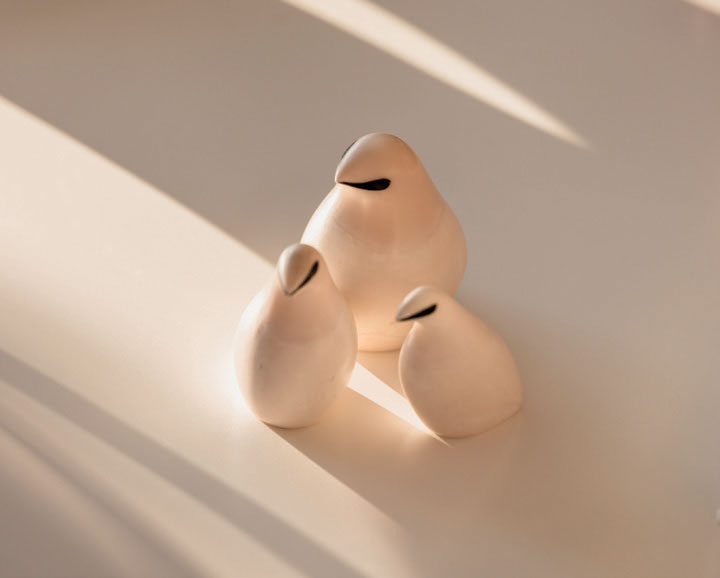
Grouse Figures, whaletooth
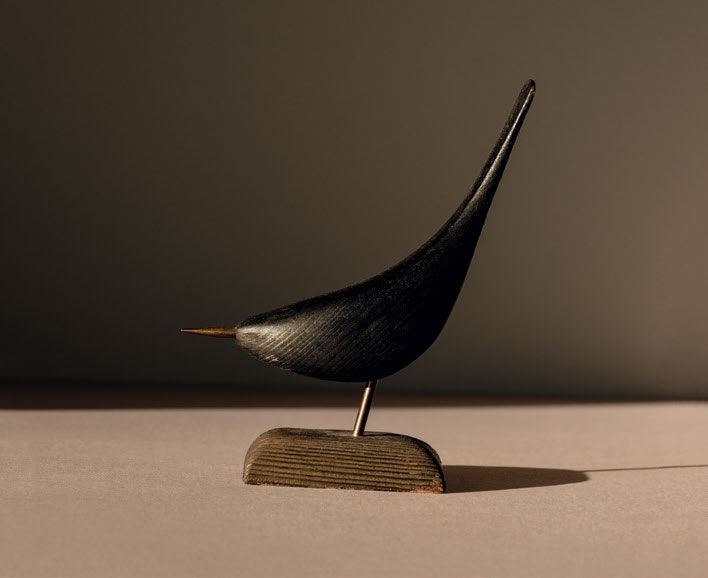
Penguin made in whaletooth
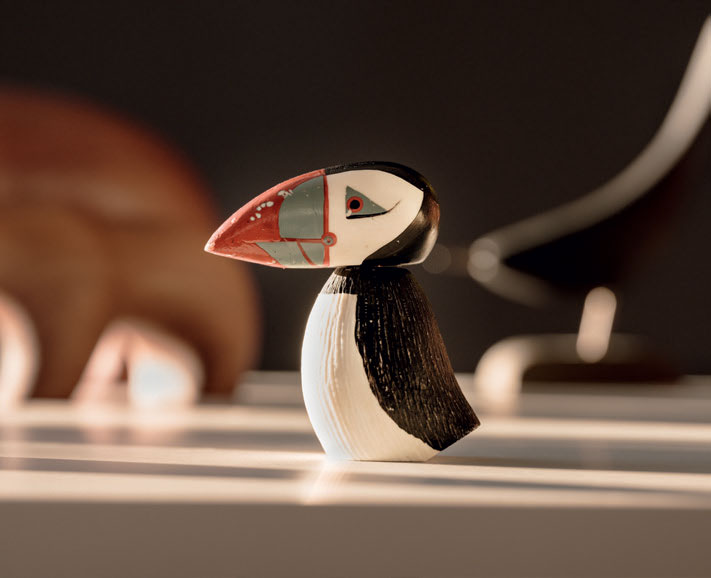
Puffin made in whaletooth

Owl made in oak
INFORMATION
Receive our daily digest of inspiration, escapism and design stories from around the world direct to your inbox.
Rosa Bertoli was born in Udine, Italy, and now lives in London. Since 2014, she has been the Design Editor of Wallpaper*, where she oversees design content for the print and online editions, as well as special editorial projects. Through her role at Wallpaper*, she has written extensively about all areas of design. Rosa has been speaker and moderator for various design talks and conferences including London Craft Week, Maison & Objet, The Italian Cultural Institute (London), Clippings, Zaha Hadid Design, Kartell and Frieze Art Fair. Rosa has been on judging panels for the Chart Architecture Award, the Dutch Design Awards and the DesignGuild Marks. She has written for numerous English and Italian language publications, and worked as a content and communication consultant for fashion and design brands.
-
 How We Host: Interior designer Heide Hendricks shows us how to throw the ultimate farmhouse fête
How We Host: Interior designer Heide Hendricks shows us how to throw the ultimate farmhouse fêteThe designer, one half of the American design firm Hendricks Churchill, delves into the art of entertaining – from pasta to playlists
-
 Arbour House is a north London home that lies low but punches high
Arbour House is a north London home that lies low but punches highArbour House by Andrei Saltykov is a low-lying Crouch End home with a striking roof structure that sets it apart
-
 25 of the best beauty launches of 2025, from transformative skincare to offbeat scents
25 of the best beauty launches of 2025, from transformative skincare to offbeat scentsWallpaper* beauty editor Mary Cleary selects her beauty highlights of the year, spanning skincare, fragrance, hair and body care, make-up and wellness
-
 2025 Loewe Foundation Craft Prize winner announced as Kunimasa Aoki
2025 Loewe Foundation Craft Prize winner announced as Kunimasa AokiThe Japanese sculptor describes his work as ‘50 per cent tradition and 50 per cent innovation’
-
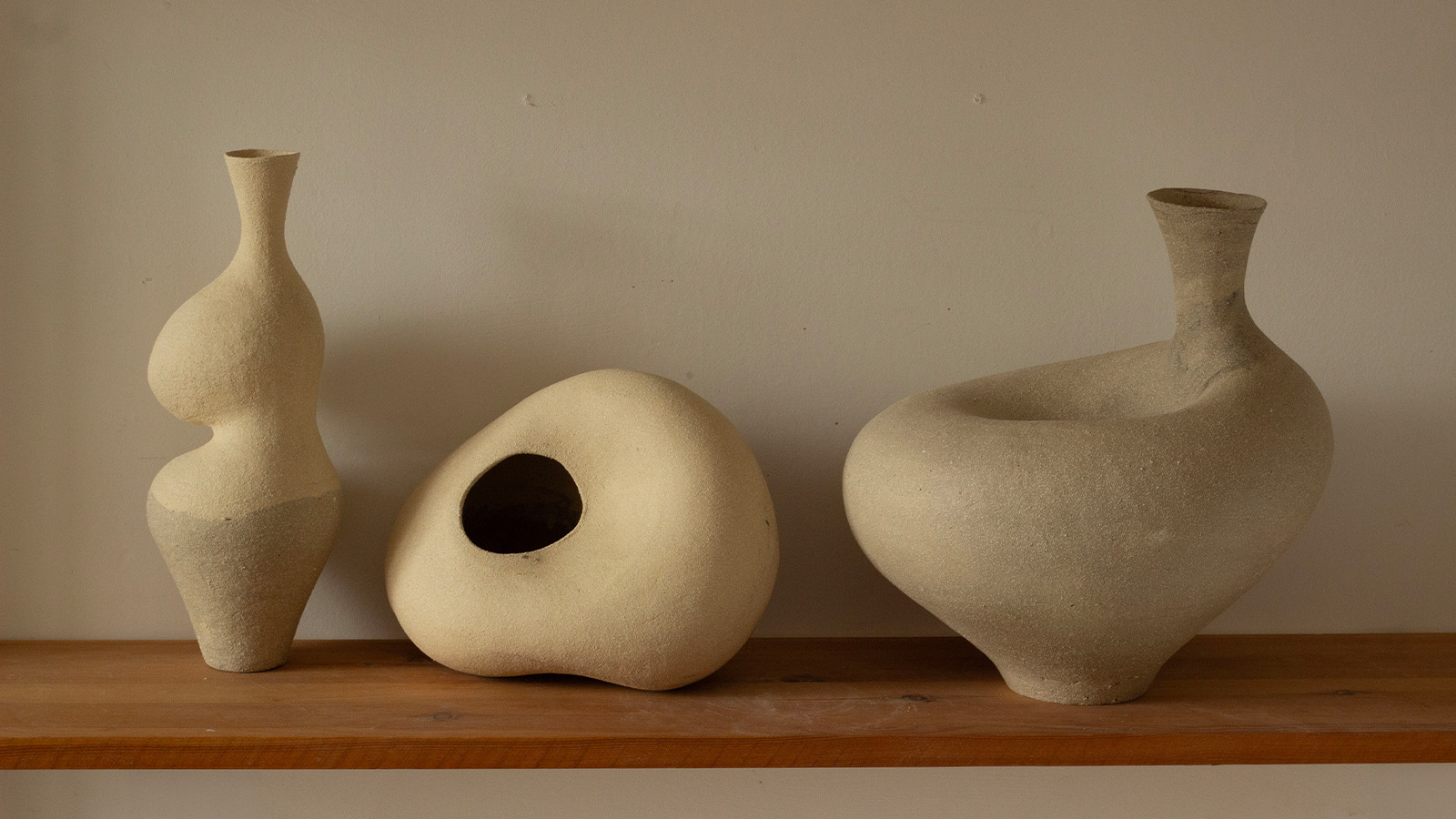 London Craft Week 2025 highlights – what to see this weekend
London Craft Week 2025 highlights – what to see this weekendLondon Craft Week 2025 (until 18 May) brings together some 1,000 established and emerging makers. Here is everything we saw and loved so you don't miss a thing
-
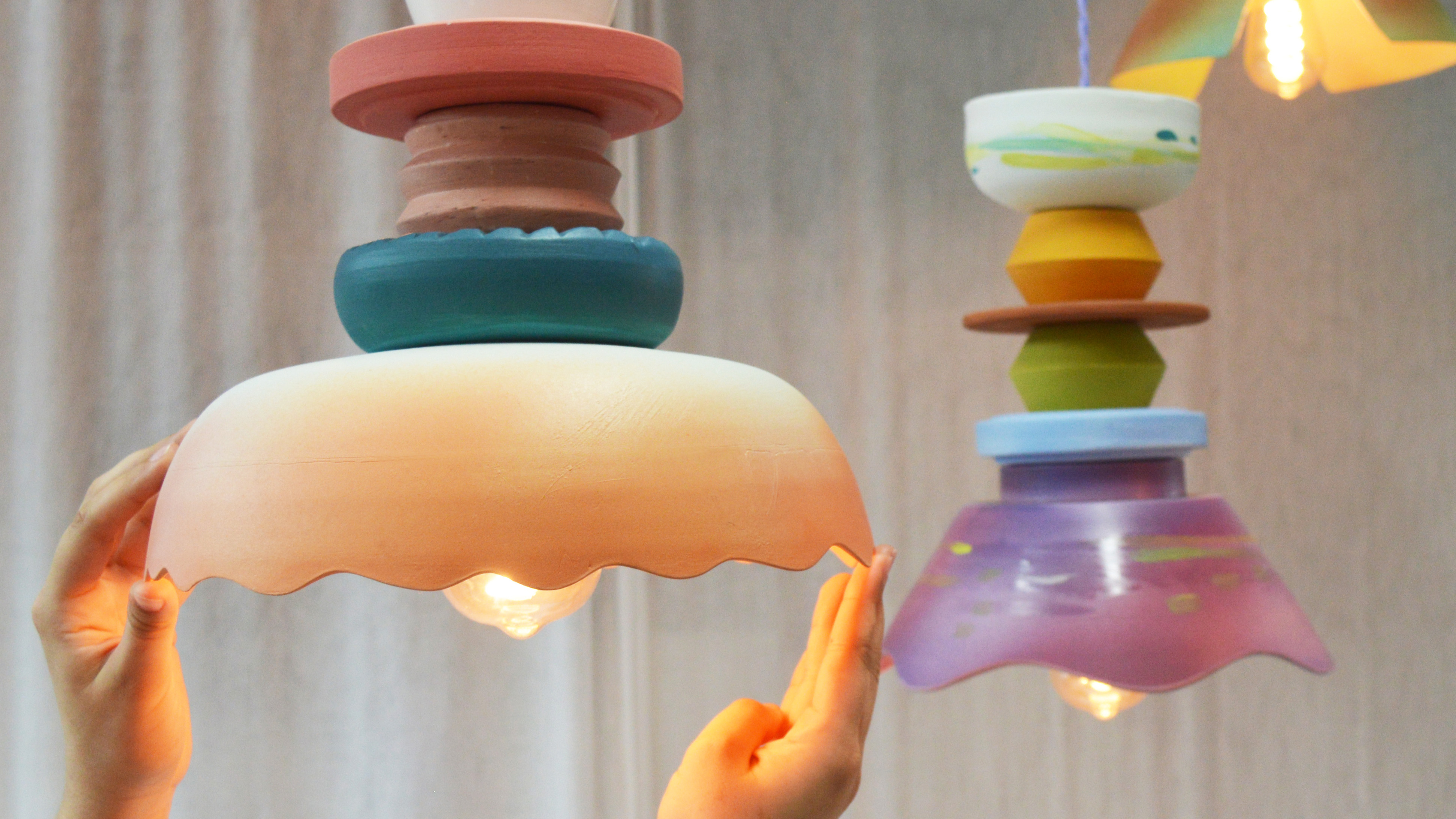 What to see at London Craft Week 2025
What to see at London Craft Week 2025With London Craft Week just around the corner, Wallpaper* rounds up the must-see moments from this year’s programme
-
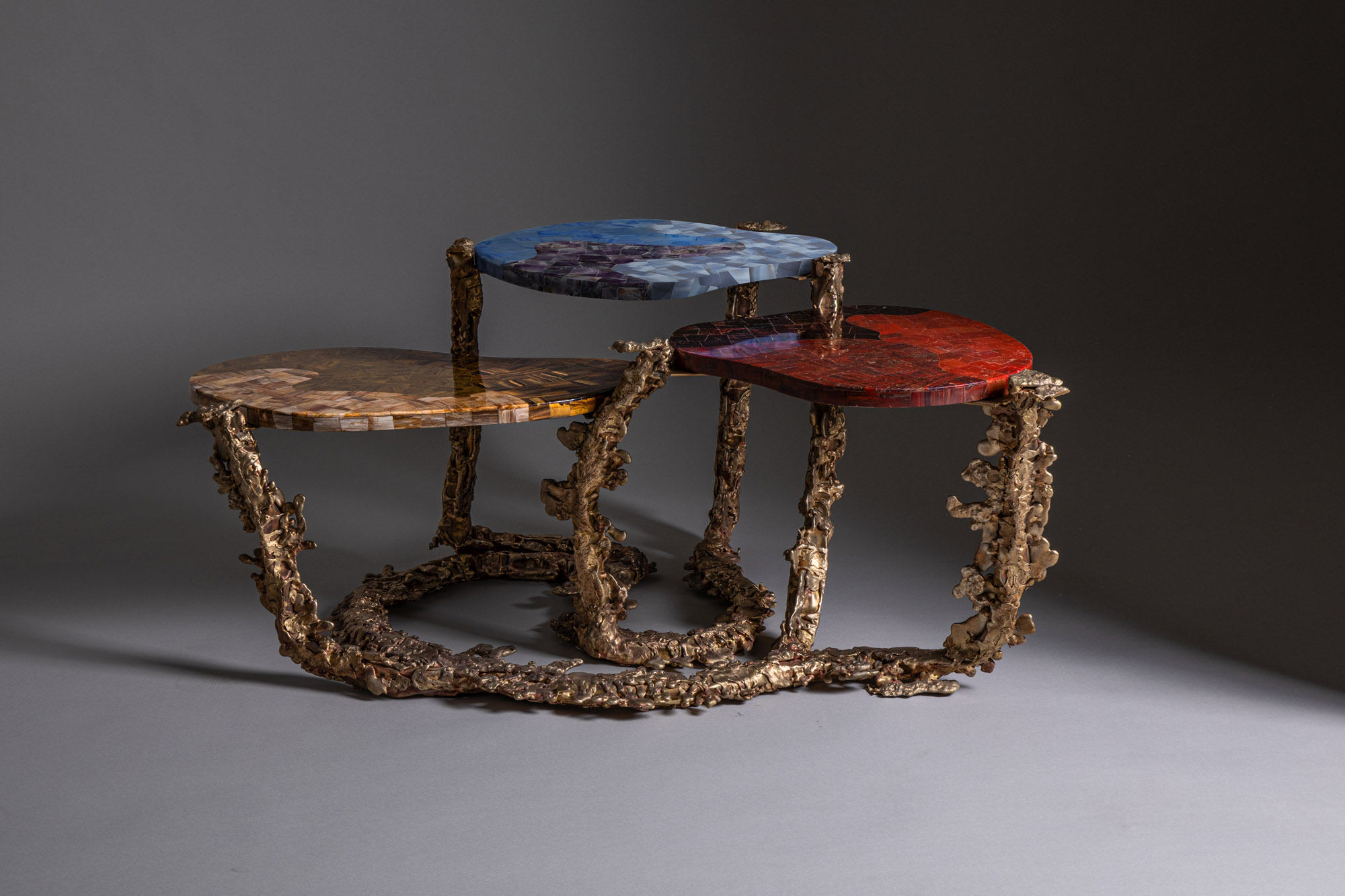 Inside the Shakti Design Residency, taking Indian craftsmanship to Alcova 2025
Inside the Shakti Design Residency, taking Indian craftsmanship to Alcova 2025The new initiative pairs emerging talents with some of India’s most prestigious ateliers, resulting in intricately crafted designs, as seen at Alcova 2025 in Milan
-
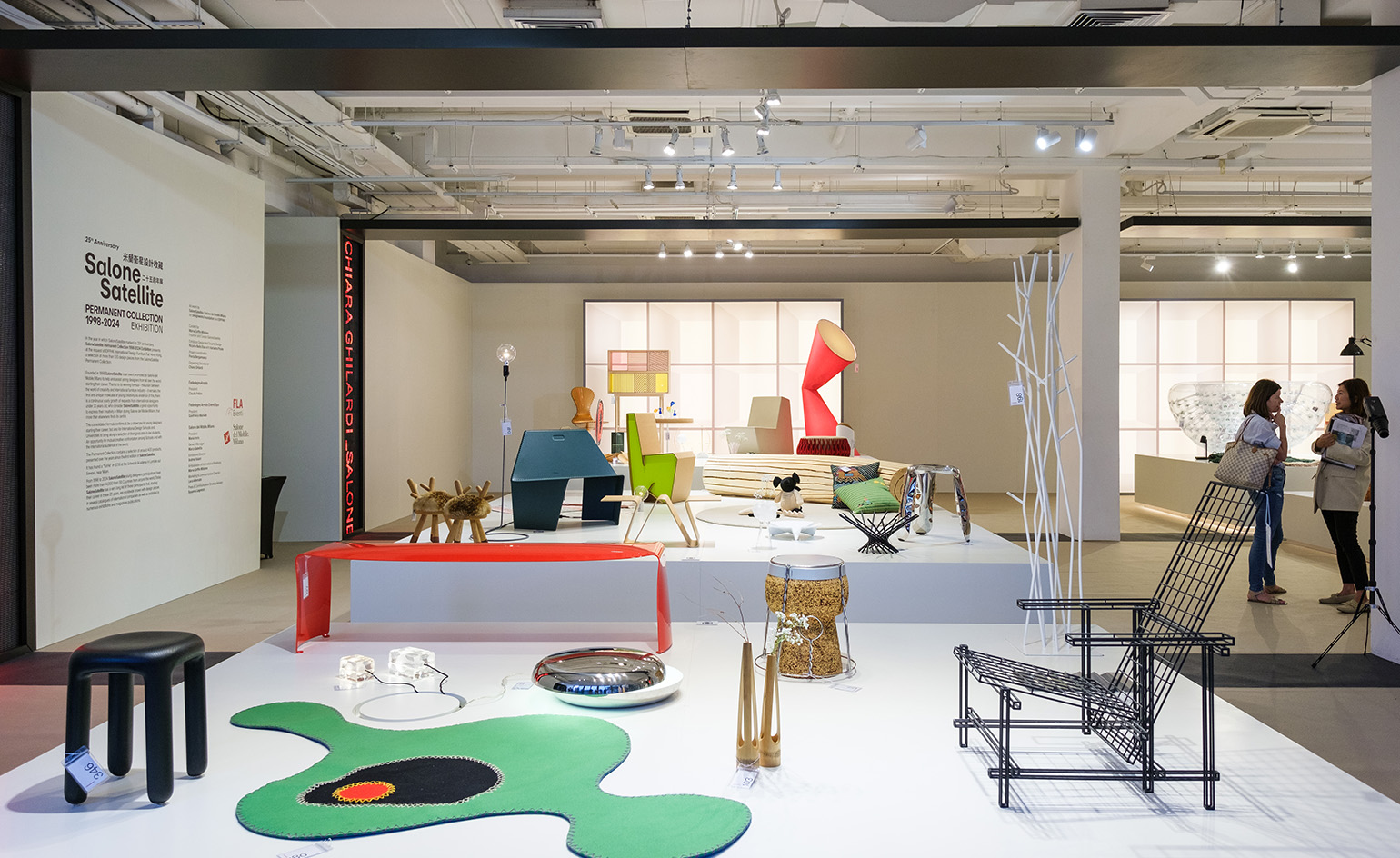 SaloneSatellite celebrates craft across continents at Milan Design Week
SaloneSatellite celebrates craft across continents at Milan Design WeekThe annual showcase for under 35s, SaloneSatellite, reveals how traditional craft can influence design for today and tomorrow
-
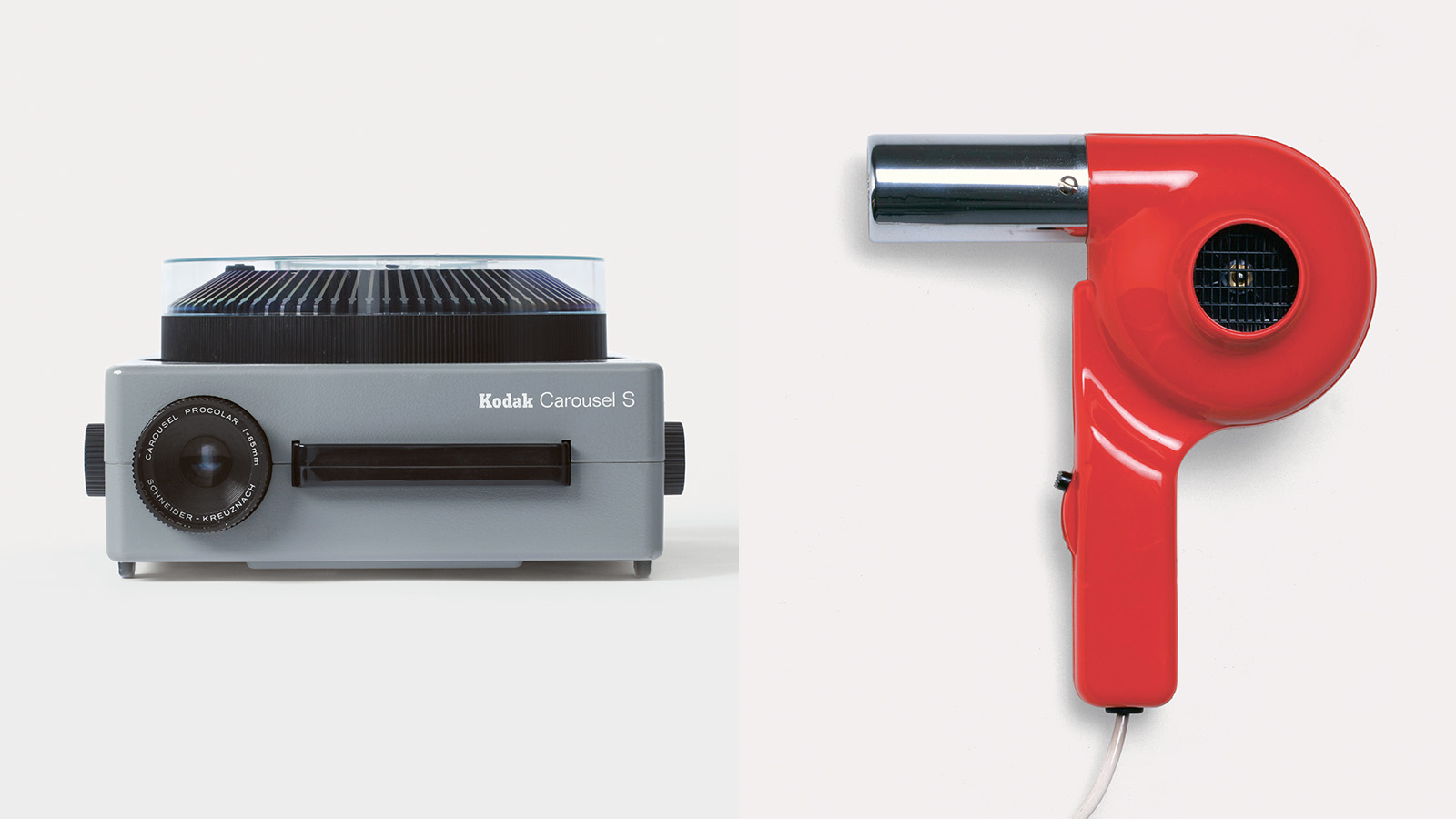 Masters of midcentury modern design and their creations spotlighted in new book
Masters of midcentury modern design and their creations spotlighted in new book‘Mid-Century Modern Designers’ is a new book from Phaidon celebrating those who shaped the period and their notable creations, from furniture to objects
-
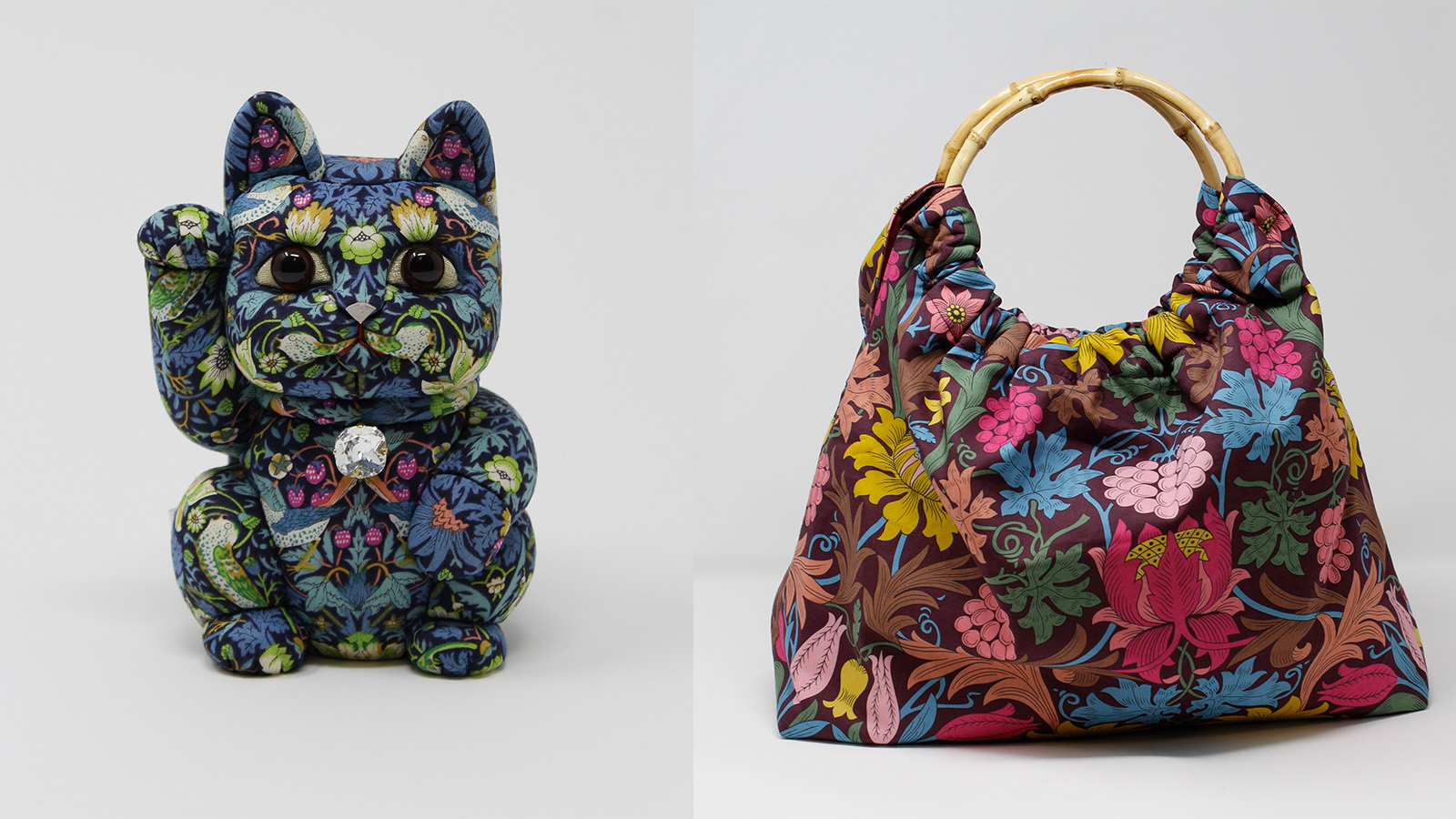 William Morris mania meets the design industry’s darker side in a new London show
William Morris mania meets the design industry’s darker side in a new London show‘Morris Mania’ at the William Morris Gallery explores the British designer’s complicated legacy in an ever-more commodified world
-
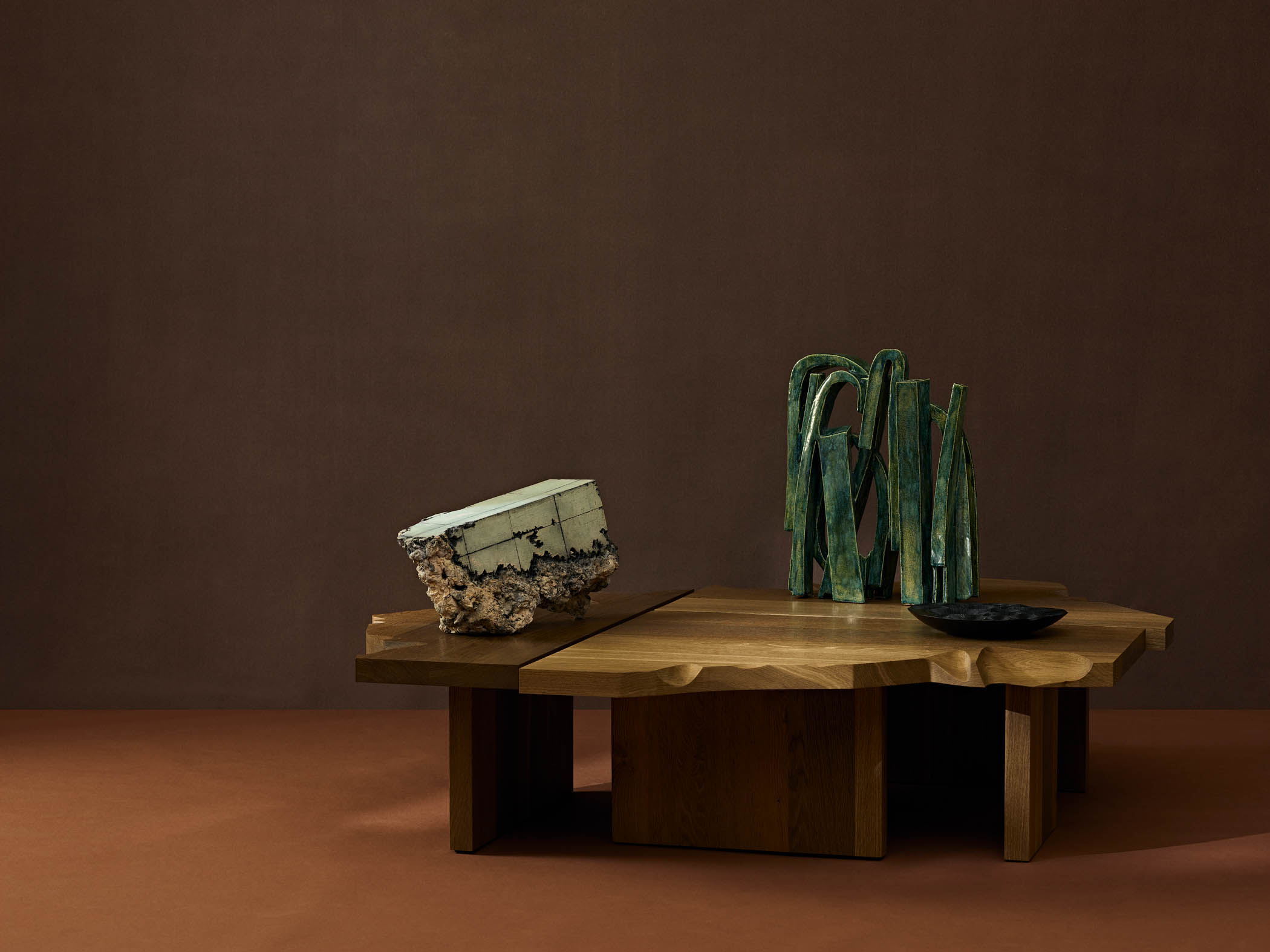 'It’s indisputable that craft has enormous value socially, culturally, economically': interrogating the case for craft in contemporary life
'It’s indisputable that craft has enormous value socially, culturally, economically': interrogating the case for craft in contemporary lifeAhead of next week's 21st edition of Collect, the world's leading fair for collectible craft, we sit down with Natalie Melton, executive director of the Crafts Council, to talk about making a living from making